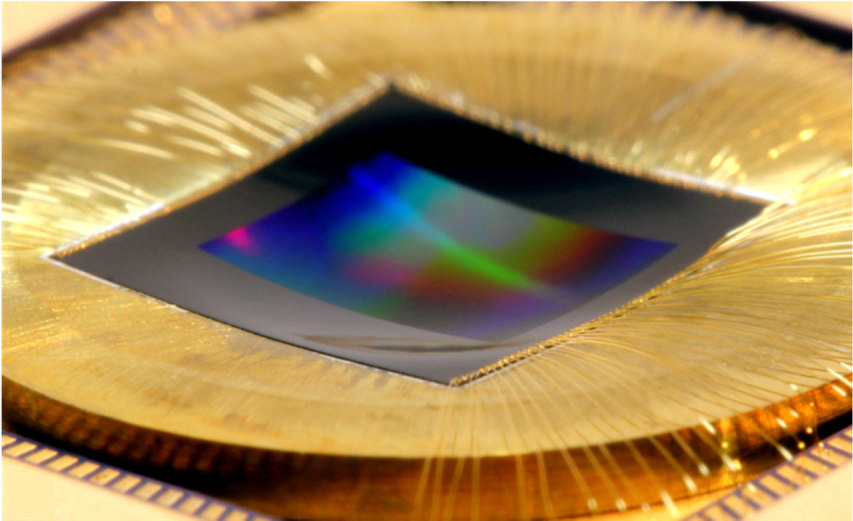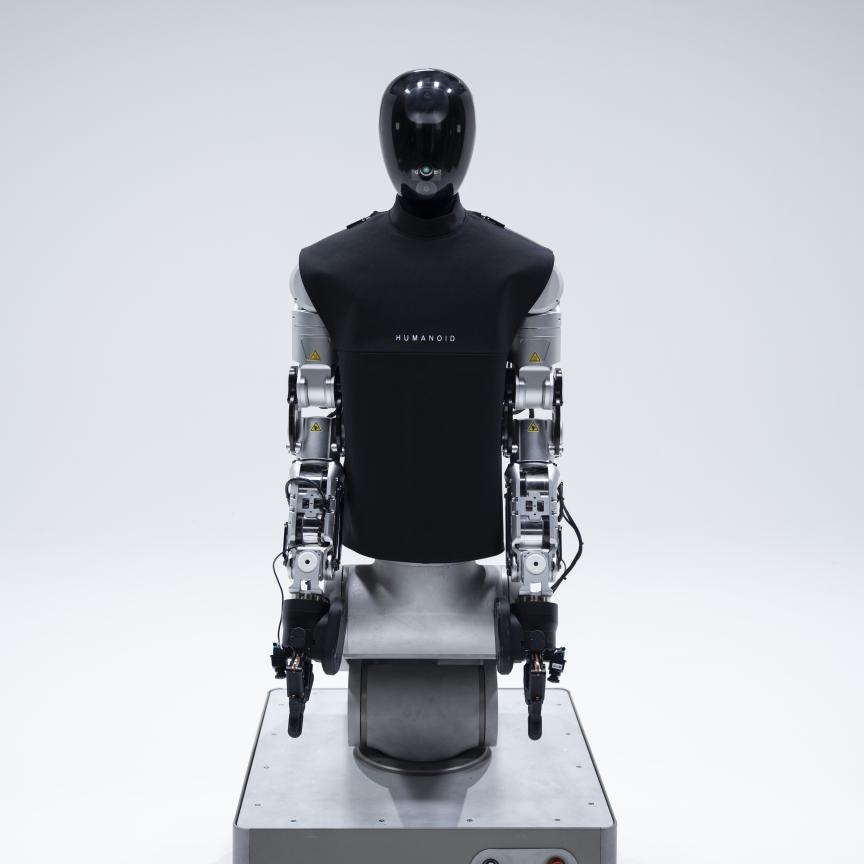Scientists from Microsoft Research and HRL Laboratories have developed a prototype digital camera that uses spherically curved image sensors to offer increased resolution and improved sensitivity for low-light conditions. The camera was described in the Optical Society’s journal Optics Express, and is able to produce higher resolution images across the entire field of view compared to standard SLR cameras.

A functional, 18 megapixel CMOS curved image sensor (Credit: Guenter et al.)
Modern digital cameras currently use lenses made of multiple optical elements that correct for optical errors and aberrations, while also manipulating images so they can be detected by flat sensors. While conventional sensors give high resolution and high quality images, difficulties are often still faced when trying to capture clear images under dark conditions.
The curved sensors in the prototype camera are able to reduce the amount of work done by its optical elements when correcting and flattening images. ‘When using curved sensors, it is possible to correct aberrations in a much more efficient way, making it easier to create very wide-angle lenses that produce sharp images across the entire field of view, or to create fast lenses that produce better images in low light,’ explained Neel Joshi, a member of the research team. ‘It is also more straightforward to make cameras that exhibit uniform illumination across the entire image.’
This increased efficiency reduces the number of optical elements needed, according to the researchers, which enables smaller, faster and less expensive cameras to be produced.
‘Our approach to curving commercially available image sensors could make it possible to have a new class of camera that would be very small, but have image quality that would be comparable to image sensors found in much larger cameras,’ commented Brian Guenter, leader of the Microsoft Research team. ‘In addition to improving consumer cameras, curved sensors could be used to create better cameras for surveillance, head-mounted displays and advancements in autonomous vehicle navigation.’
In Optics Express, the researchers showed that their new curving method can create image sensors with three times more spherical curvature than those developed in the past. According to Richard Stoakley, another member of the research team, the collaboration’s work now makes it possible to create cameras using these sensors. ‘Adding spherical curvature to an off-the-shelf image sensor can be done for a reasonable cost and in a way that shows significant benefits,’ he said.
To produce the curved sensors, the researchers used pneumatic pressure to push individual sensors cut from a thinned CMOS image sensor wafer into custom-made moulds. According to Joshi, this process required extensive amounts of experimentation to develop: ‘Every single surface involved has to be carefully treated to exhibit the exact properties necessary for the sensor to end up with the right amount of stress without breaking.’
When used in the prototype camera with a specially designed f/1.2 lens, the curved sensors exhibited a resolution more than double that of a high-end SLR camera featuring a similar lens; toward the edges of the image, the curved sensor even delivered five times more sharpness. The prototype camera also exhibited approximately zero light loss at the corners of the image sensor, a significant improvement over commercial SLR cameras, which lose around 90 per cent of light at the same areas. This makes it particularly suited to capturing images of dark areas.
‘We showed that you can take an off-the-shelf sensor, curve it and dramatically improve the performance of the optical system,’ remarked Guenter. ‘This can be done with relatively low costs and effectively no downside.’
Although the prototype camera is about the size of a small consumer camera, the researchers said that the lenses could be made small enough for mobile phones and tablets. It should also be possible to build machines that could mass produce these curved sensors, allowing the additional processing to be incorporated into existing sensor manufacturing in a way that would amortise well in volume production.
The researchers are now looking to see if they can add even more curvature to the sensors, and want to experiment with curved sensors that operate in infrared wavelengths, which could be useful for telescopes, 3D spatial mapping, biometric authentication and various scientific applications.
‘I think we have opened the door for an entirely new class of lenses,’ concluded Stoakley. ‘I’m excited to see how our group and others use curved sensors to achieve even more improvements in camera quality through innovative lens design.’

